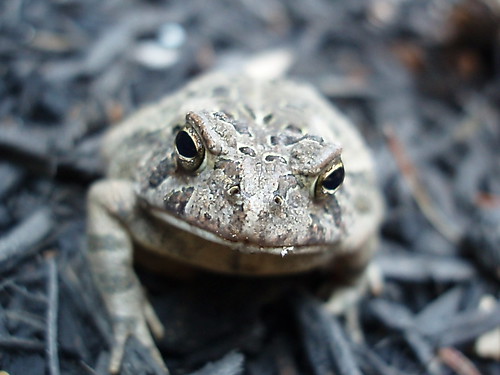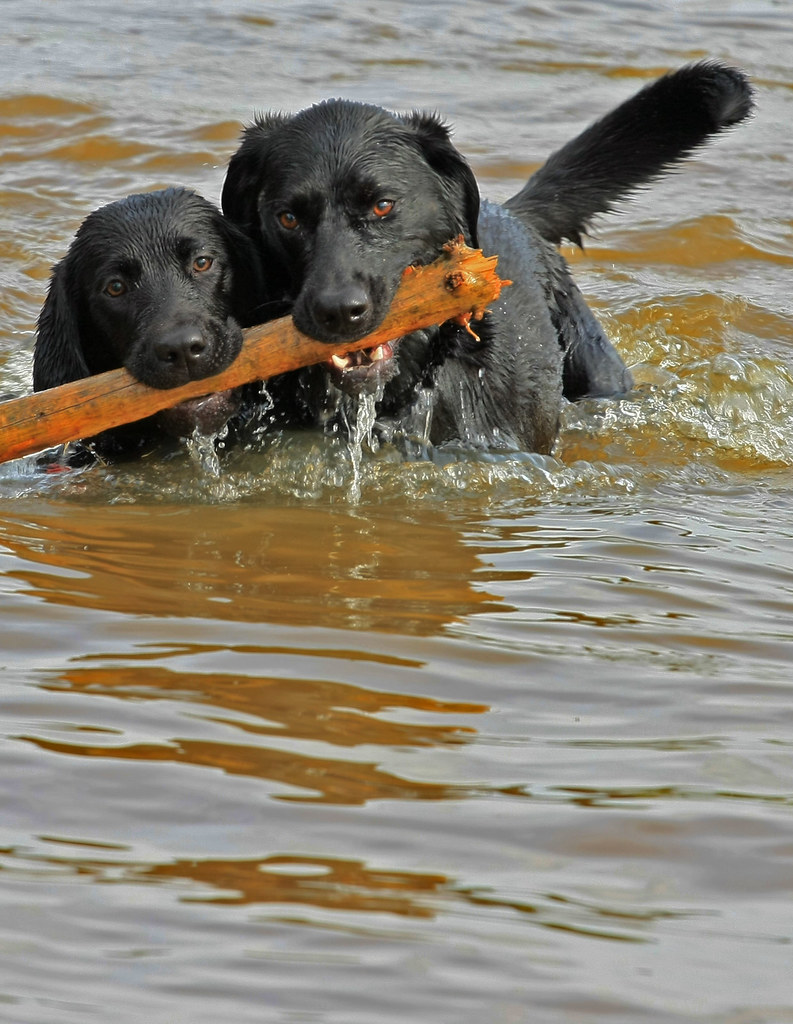
Some of you already know this, but if you don't, you will by the end of this blog. I like chickens. I REALLY like chickens. So much so that I share my farm with anywhere from 30-50 laying hens not to mention the 100 or so meat type chickens that live a happy (I think) but short life on my farm every summer. Those crazy birds add so much to my life. I get to go out the barns to feed in the early morning light. This time of year, the songbirds are all returning from their winter homes and they sing their songs while I do the morning chores. The wild turkeys across the road sound off with their yelping and gobbling. There is a woodcock that sits in the pasture behind the chicken coop making his little "peent" call as dawn is breaking. During the afternoon, the chickens wander the yard. They are pretty social too. A few of them like to hang out on the porch with the cats. If I walk across the yard, they will often follow me. Well, at least until they are sure I am not going to feed them a tasty morsel or until they spy the movement of a tasty worm or bug. In the evening as the light is fading, I get to walk outside to the barns to close the pen doors for the night. The spring peepers are now announcing that they have awoken from winter slumber. But anytime of the year, I am more than happy to collect sunsets as I go about my final evening chores. Sunsets are kind of like snowflakes in that no two are exactly alike. I truly treasure them.
 Now the chickens on my farm work for a living. The meat chickens are expected to look very cute as day old chicks and make cute little peeping noises. Then, when they get feathers, the are required to go outside in the fresh air and sunshine where they eat bugs and grass and other tasty treats they find out in the yard. Of course their last job is being supper, but it is after all the end of their job on the farm. The laying hens have a longer course of employment. Sometimes 3 or 4 years. They are, of course, required to lay eggs. But their other duties include making soothing clucking noises out in the yard and providing an endless source of entertainment as they chase after moths and grasshoppers in the pasture. They do a good job of scratching and turning over the soil in the flower beds too although they do sometimes leave holes that the dogs insist on trying to make larger. At the end of their employment contract, the hens also become supper.
Now the chickens on my farm work for a living. The meat chickens are expected to look very cute as day old chicks and make cute little peeping noises. Then, when they get feathers, the are required to go outside in the fresh air and sunshine where they eat bugs and grass and other tasty treats they find out in the yard. Of course their last job is being supper, but it is after all the end of their job on the farm. The laying hens have a longer course of employment. Sometimes 3 or 4 years. They are, of course, required to lay eggs. But their other duties include making soothing clucking noises out in the yard and providing an endless source of entertainment as they chase after moths and grasshoppers in the pasture. They do a good job of scratching and turning over the soil in the flower beds too although they do sometimes leave holes that the dogs insist on trying to make larger. At the end of their employment contract, the hens also become supper.
People sometimes ask how, as a veterinarain, I can eat the chickens that are so lovingly raised on my farm (and I mean that sincerely when I say that I love raising my chickens). For me, it goes back to the circle of life. As a scientist, life fascinates me. Just think about a chick developing inside an egg. On the second day of incubation, the blood vessels begin to form. By the 44th hour of incubation, the heart starts beating. At the end of 21 days, out hatches a fully functional baby chick ready to go. Just amazing. But I also understand that it takes life to perpetuate life. Everyone who knows me will be poking fun at me after I say this, but I love this quote and I have to give credit where credit is due. A few months back, an animal rights group got on the country music band Zac Brown Band's case about their song "Chicken Fried". There was a suggestion to the guys in the band to abandon their meat eating ways and eat tofu instead. I love the band's response: "Plants are living creatures too ... Bacon had a mother, but so did Pickle. It takes life to support life -- welcome to the planet". I couldn't say it any better myself.
my farm (and I mean that sincerely when I say that I love raising my chickens). For me, it goes back to the circle of life. As a scientist, life fascinates me. Just think about a chick developing inside an egg. On the second day of incubation, the blood vessels begin to form. By the 44th hour of incubation, the heart starts beating. At the end of 21 days, out hatches a fully functional baby chick ready to go. Just amazing. But I also understand that it takes life to perpetuate life. Everyone who knows me will be poking fun at me after I say this, but I love this quote and I have to give credit where credit is due. A few months back, an animal rights group got on the country music band Zac Brown Band's case about their song "Chicken Fried". There was a suggestion to the guys in the band to abandon their meat eating ways and eat tofu instead. I love the band's response: "Plants are living creatures too ... Bacon had a mother, but so did Pickle. It takes life to support life -- welcome to the planet". I couldn't say it any better myself.
I would be amiss though without a paragraph about chicken pets. While most of the chickens on the farm end up in the freezer, there are special circumstances. My very first chickens were a small flock of golden comet laying hens. When they were about 2 or 3 years old, we had a stray dog come into the yard just at dark when the chickens were going to roost in the coop. I had gone for a short walk in the woods and when I got back to the coop to lock the pen door for the night, I saw the dog run out of the coop and across the road. Then I found the carnage. There were dead chickens everywhere. Of the 14 chickens that lived in the coop, 10 were dead, 2 were injured so badly that I had to put an end to their suffering right then and there. The last two had severe bite wounds on their backs, but no internal organs appeared damaged. Poor Doc Curie got to listen to me bawling my eyes out the next morning as I recounted what happened the night before. I brought the two injured hens to the clinic where they lived for a couple months while they healed from their wounds. It was summer and no way could they live outside with open wounds (can you say maggots!). They learned to walk up the clinic steps every day to go outside and come back inside in the evening. They both acquired names. Eagle because she had lighter colored feathers around her head and neck in a pattern like a bald eagle. Thumper because she used to kick with her feet when I would clean her wounds every day. I don't blame her one bit though as the dog did a lot of damage. I'm sure it hurt. Eventually Eagle and Thumper healed and made their way back to the chicken coop. It was quite obvious to everyone that those hens had an extraordinary will to live. Their ordeal paved their way to pet-chickendom. They both died a few years later of old hen reproductive problems. My current pet chicken flock consists of the four "porch" chickens. You know, the ones I mentioned that hang out on the porch with the cats. They did not achieve their status by tragedy, but rather by personality. Whitie, Brownie, Blackie and Mama Chicken now occupy a special place on my farm. Ok, not very original with the names I know, but least I can remember who is who. So while most of my chickens live a typical barnyard existance, there are a few exceptions.
learned to walk up the clinic steps every day to go outside and come back inside in the evening. They both acquired names. Eagle because she had lighter colored feathers around her head and neck in a pattern like a bald eagle. Thumper because she used to kick with her feet when I would clean her wounds every day. I don't blame her one bit though as the dog did a lot of damage. I'm sure it hurt. Eventually Eagle and Thumper healed and made their way back to the chicken coop. It was quite obvious to everyone that those hens had an extraordinary will to live. Their ordeal paved their way to pet-chickendom. They both died a few years later of old hen reproductive problems. My current pet chicken flock consists of the four "porch" chickens. You know, the ones I mentioned that hang out on the porch with the cats. They did not achieve their status by tragedy, but rather by personality. Whitie, Brownie, Blackie and Mama Chicken now occupy a special place on my farm. Ok, not very original with the names I know, but least I can remember who is who. So while most of my chickens live a typical barnyard existance, there are a few exceptions.

I highly recommend getting a few chickens of your own if you live someplace where chickens are allowed. So if anyone out there has always thought about adding a few chickens to their yard, but doesn't quite know how to get started, feel free to ask. I am more than happy to be spreading some chicken love. And if any of you want to share your favorite chicken or egg recipes made from fresh ingredients, that would be great too. I admit that I am a fresh food and recipe junkie.
 Now the chickens on my farm work for a living. The meat chickens are expected to look very cute as day old chicks and make cute little peeping noises. Then, when they get feathers, the are required to go outside in the fresh air and sunshine where they eat bugs and grass and other tasty treats they find out in the yard. Of course their last job is being supper, but it is after all the end of their job on the farm. The laying hens have a longer course of employment. Sometimes 3 or 4 years. They are, of course, required to lay eggs. But their other duties include making soothing clucking noises out in the yard and providing an endless source of entertainment as they chase after moths and grasshoppers in the pasture. They do a good job of scratching and turning over the soil in the flower beds too although they do sometimes leave holes that the dogs insist on trying to make larger. At the end of their employment contract, the hens also become supper.
Now the chickens on my farm work for a living. The meat chickens are expected to look very cute as day old chicks and make cute little peeping noises. Then, when they get feathers, the are required to go outside in the fresh air and sunshine where they eat bugs and grass and other tasty treats they find out in the yard. Of course their last job is being supper, but it is after all the end of their job on the farm. The laying hens have a longer course of employment. Sometimes 3 or 4 years. They are, of course, required to lay eggs. But their other duties include making soothing clucking noises out in the yard and providing an endless source of entertainment as they chase after moths and grasshoppers in the pasture. They do a good job of scratching and turning over the soil in the flower beds too although they do sometimes leave holes that the dogs insist on trying to make larger. At the end of their employment contract, the hens also become supper.People sometimes ask how, as a veterinarain, I can eat the chickens that are so lovingly raised on
 my farm (and I mean that sincerely when I say that I love raising my chickens). For me, it goes back to the circle of life. As a scientist, life fascinates me. Just think about a chick developing inside an egg. On the second day of incubation, the blood vessels begin to form. By the 44th hour of incubation, the heart starts beating. At the end of 21 days, out hatches a fully functional baby chick ready to go. Just amazing. But I also understand that it takes life to perpetuate life. Everyone who knows me will be poking fun at me after I say this, but I love this quote and I have to give credit where credit is due. A few months back, an animal rights group got on the country music band Zac Brown Band's case about their song "Chicken Fried". There was a suggestion to the guys in the band to abandon their meat eating ways and eat tofu instead. I love the band's response: "Plants are living creatures too ... Bacon had a mother, but so did Pickle. It takes life to support life -- welcome to the planet". I couldn't say it any better myself.
my farm (and I mean that sincerely when I say that I love raising my chickens). For me, it goes back to the circle of life. As a scientist, life fascinates me. Just think about a chick developing inside an egg. On the second day of incubation, the blood vessels begin to form. By the 44th hour of incubation, the heart starts beating. At the end of 21 days, out hatches a fully functional baby chick ready to go. Just amazing. But I also understand that it takes life to perpetuate life. Everyone who knows me will be poking fun at me after I say this, but I love this quote and I have to give credit where credit is due. A few months back, an animal rights group got on the country music band Zac Brown Band's case about their song "Chicken Fried". There was a suggestion to the guys in the band to abandon their meat eating ways and eat tofu instead. I love the band's response: "Plants are living creatures too ... Bacon had a mother, but so did Pickle. It takes life to support life -- welcome to the planet". I couldn't say it any better myself.I would be amiss though without a paragraph about chicken pets. While most of the chickens on the farm end up in the freezer, there are special circumstances. My very first chickens were a small flock of golden comet laying hens. When they were about 2 or 3 years old, we had a stray dog come into the yard just at dark when the chickens were going to roost in the coop. I had gone for a short walk in the woods and when I got back to the coop to lock the pen door for the night, I saw the dog run out of the coop and across the road. Then I found the carnage. There were dead chickens everywhere. Of the 14 chickens that lived in the coop, 10 were dead, 2 were injured so badly that I had to put an end to their suffering right then and there. The last two had severe bite wounds on their backs, but no internal organs appeared damaged. Poor Doc Curie got to listen to me bawling my eyes out the next morning as I recounted what happened the night before. I brought the two injured hens to the clinic where they lived for a couple months while they healed from their wounds. It was summer and no way could they live outside with open wounds (can you say maggots!). They
 learned to walk up the clinic steps every day to go outside and come back inside in the evening. They both acquired names. Eagle because she had lighter colored feathers around her head and neck in a pattern like a bald eagle. Thumper because she used to kick with her feet when I would clean her wounds every day. I don't blame her one bit though as the dog did a lot of damage. I'm sure it hurt. Eventually Eagle and Thumper healed and made their way back to the chicken coop. It was quite obvious to everyone that those hens had an extraordinary will to live. Their ordeal paved their way to pet-chickendom. They both died a few years later of old hen reproductive problems. My current pet chicken flock consists of the four "porch" chickens. You know, the ones I mentioned that hang out on the porch with the cats. They did not achieve their status by tragedy, but rather by personality. Whitie, Brownie, Blackie and Mama Chicken now occupy a special place on my farm. Ok, not very original with the names I know, but least I can remember who is who. So while most of my chickens live a typical barnyard existance, there are a few exceptions.
learned to walk up the clinic steps every day to go outside and come back inside in the evening. They both acquired names. Eagle because she had lighter colored feathers around her head and neck in a pattern like a bald eagle. Thumper because she used to kick with her feet when I would clean her wounds every day. I don't blame her one bit though as the dog did a lot of damage. I'm sure it hurt. Eventually Eagle and Thumper healed and made their way back to the chicken coop. It was quite obvious to everyone that those hens had an extraordinary will to live. Their ordeal paved their way to pet-chickendom. They both died a few years later of old hen reproductive problems. My current pet chicken flock consists of the four "porch" chickens. You know, the ones I mentioned that hang out on the porch with the cats. They did not achieve their status by tragedy, but rather by personality. Whitie, Brownie, Blackie and Mama Chicken now occupy a special place on my farm. Ok, not very original with the names I know, but least I can remember who is who. So while most of my chickens live a typical barnyard existance, there are a few exceptions.
I highly recommend getting a few chickens of your own if you live someplace where chickens are allowed. So if anyone out there has always thought about adding a few chickens to their yard, but doesn't quite know how to get started, feel free to ask. I am more than happy to be spreading some chicken love. And if any of you want to share your favorite chicken or egg recipes made from fresh ingredients, that would be great too. I admit that I am a fresh food and recipe junkie.











